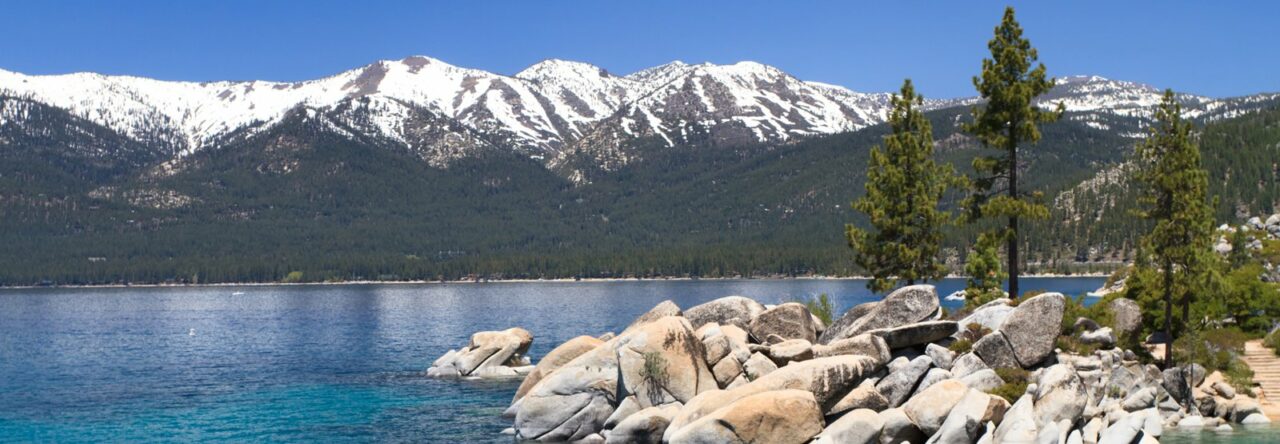We didn’t go check out the camping spot Terry told us about because after the game, and laundry, it became crazy windy so we decided it was probably smartest/safest to stay in town.
Since we were still in town we decided to go back to the Glen Canyon Dam and look around and maybe learn some info about dams that we were unable to at Hoover.
It worked out great because both Hoover Dam and Glen Canyon Dam are similarly constructed. Also, Glen Canyon Dam, which created Lake Powell, and dams the Colorado River upstream (East) of the Grand Canyon and Hoover Dam is downstream (west) of the Grand Canyon.

The bridge is a single arch steel bridge and had to be built first. It spans over Glen Canyon at 1,271’ long and lives 700’ above the river bottom.

The dam itself is 710’ tall, 1560’ long, 25’ thick at the crest and 300’ thick at the base.


The reason for the difference in thickness from the top to the bottom of the dam is to deal with forces of the water pressure from the now dammed up lake, in this case Lake Powell.
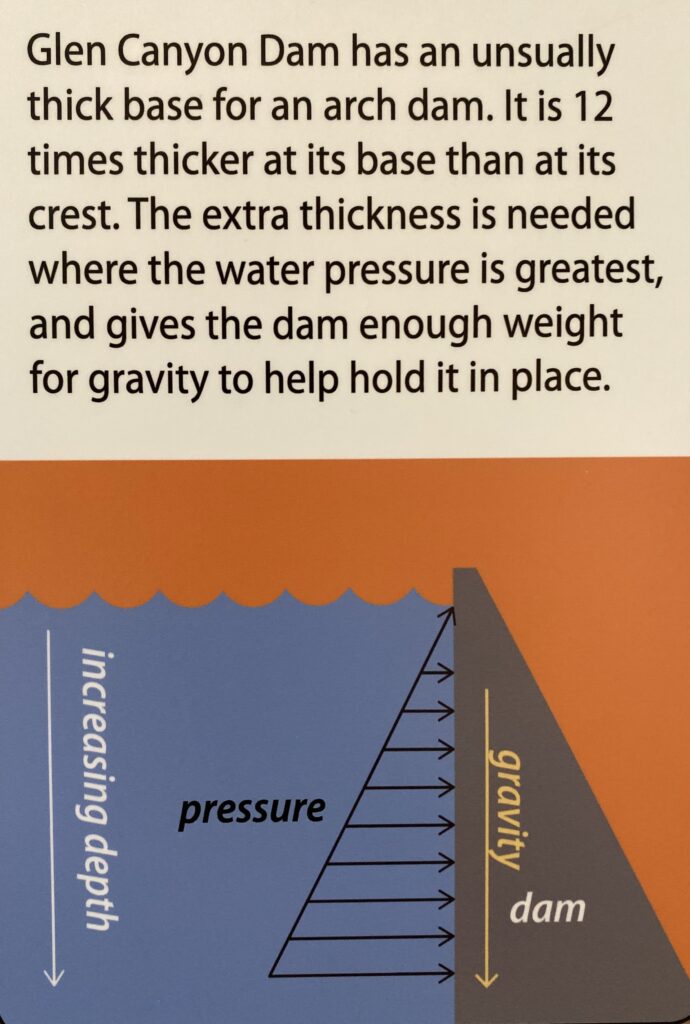
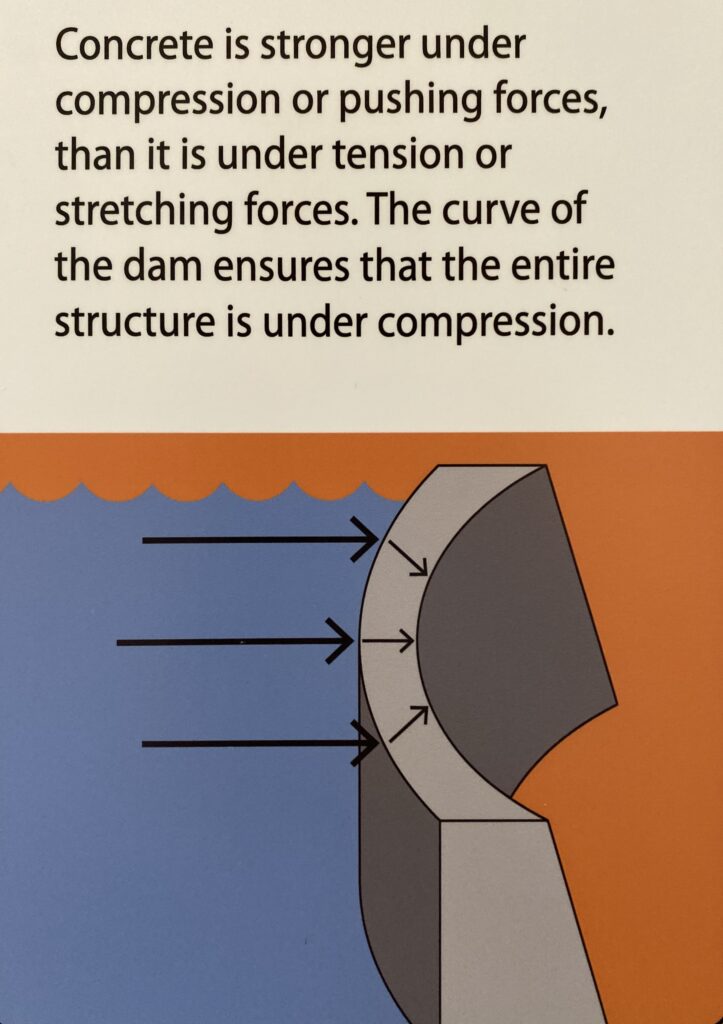
Also, exciting we/I finally understand how dams work.

Water enters the intake tubes from the lake (on the left) and flows down the “penstock” (the long diagonal pipe that carries the water down the dam)

The gravitational force of the water turns the turbines (at the bottom of the dam) which in turn spins the rotor of the generator and creates energy. In effect…it’s turning potential energy (of the water in the reservoir) into kinetic energy (from the movement of the water) . This energy can be captured and stored as power, hydroelectric power (meaning water is the source of the power). The mechanical energy of the turning of turbines is transferred to electricity through the generators. After, water is released back into the river on the other side of the dam to co retinue flowing downstream.






There are 2 main reasons why dams are built. One, to create a reservoir and store water to help ensure water for both urban and rural areas during inconsistent rainfalls or drought years. Two, to create power, hydroelectric power.

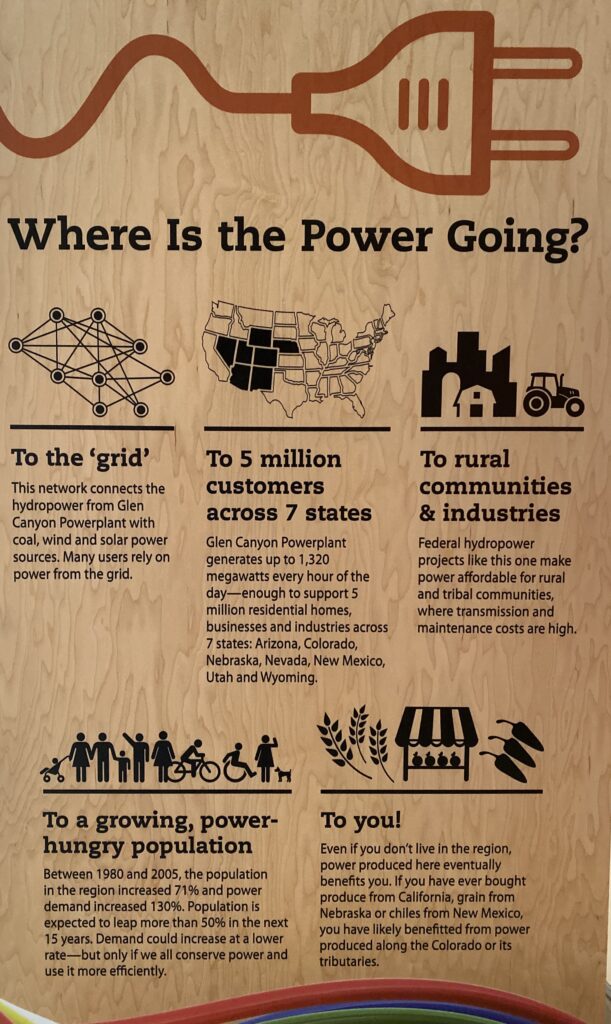
Steps of dam building. 1. Build bridge 2. Divert river 3. Build Dam 4. Place generators 5. Fill up the reservoir. Lake Powell took 17 years to fill and was first filled on June 25, 1980.
3 necessary things when finding a proper dam site… 1. Large water storage area 2. Strong, safe , sturdy site (in this case the canyon walls) 3. Must be economically feasible.
Lake Powell was the lake created as a result of the Glen Canyon Dam. It is America’s 2nd largest resevoir (when full) behind Hoover Dam’s Lake Mead (largest resevoir when full).
What are the downsides of dams??? Well there are a few I’ll mention. 1. The sediment carried in rivers is not passed through the dam so now many polluted sediments/minerals (mainly from agriculture runoff) stay in the lake and are not passed through the river system allowing the pollution to get re-absorbed throughout nature. 2. The landscape is used to fluctuations within river flows and can help the health of the river and its banks. With a dam it is generally a consistent flow of water that is “let out” of the river on the downstream end. They are now trying to mimic these “flash floods” by allowing water to pass through the spillways and doing research to see the effects of this. Environmentalists like this and would like to see it continue. The other side argues it’s a loss of a lot of energy that could’ve been created. 3. The water that comes out of the dam is cold which has been proven to be harmful to the reproduction of many fish species. The dams also construct certain species from staying within the dammed up parts of the river.
Although in our day and age, dams also seem to be vital for us humans to have access to both water and power.
It started with the Colorado River Compact of 1922. It was agreement between 7 states in the Colorado River Basin governing the allocation of the “river rights”. It divides the river basin into 2 parts, upper and lower. The compact required the upper states to NOT deplete the flow of the river below 7,500,000 acre feet in a 10 year period (this was roughly half the water flow at the time). In addition 1,500,000 acre feet was promised to make it down to Mexico. This river compact led to the creation of Hoover Dam. However as water needs rose, the need for another dam to regulate the flow of the Colorado River was needed. Also the annual flow near Lee’s Ferry (beginning of Grand Canyon) was erratic and it prevented the upper states from delivering the water agreed to in dry years and oversupplied in wet years.
Okay, enough dam info for now…pun intended 🙂 But I do have to say that I thoroughly enjoy feeling that I finally understand the engineering, workings, and purpose, behind dams. The kids do now as well, well today they do.
We are heading now towards Petrified Forest National Park in Arizona. Edwin got in touch with an old co-worker from CDA who now lives in Payson, AZ which was only a little detour so we headed down there for the night.
Another small detour driving down to Gordon & Donna’s was the Interactive Navajo museum. It was only 10 miles off the highway. No one was really in the mood to go, but we are in Navajo lands and felt it important to learn a bit about their culture. This is what the land looks like as we turned off.

Of course, after making the effort to go and it did sound neat, the museum was closed for renovations.
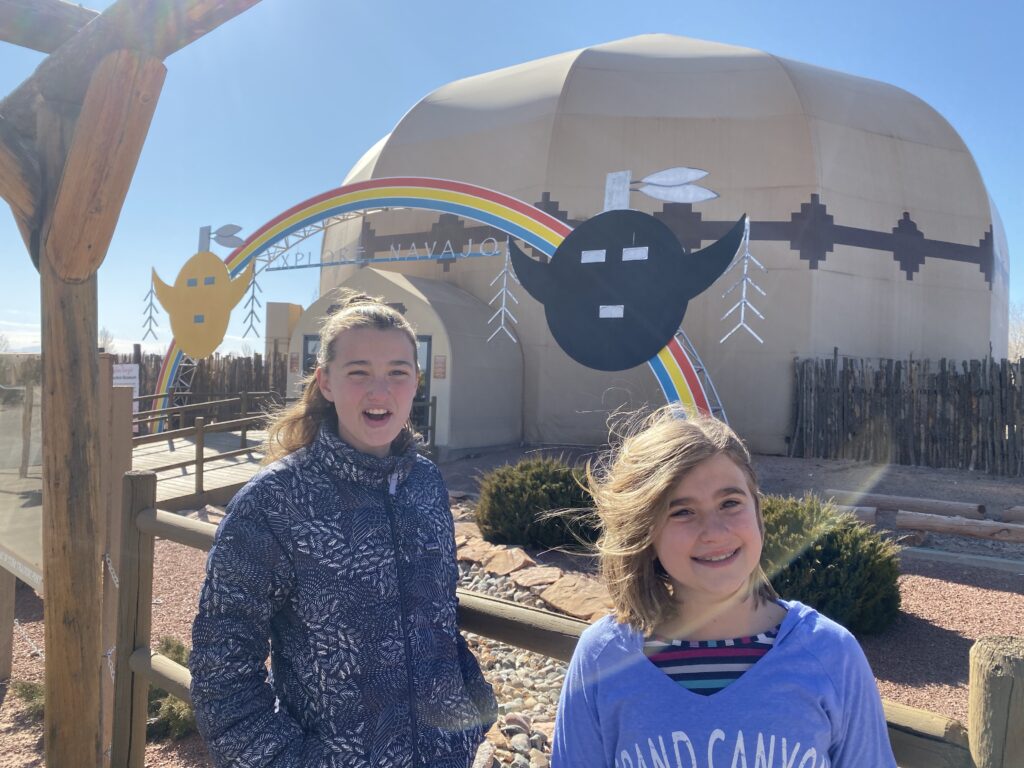
They had a few tablets outside.
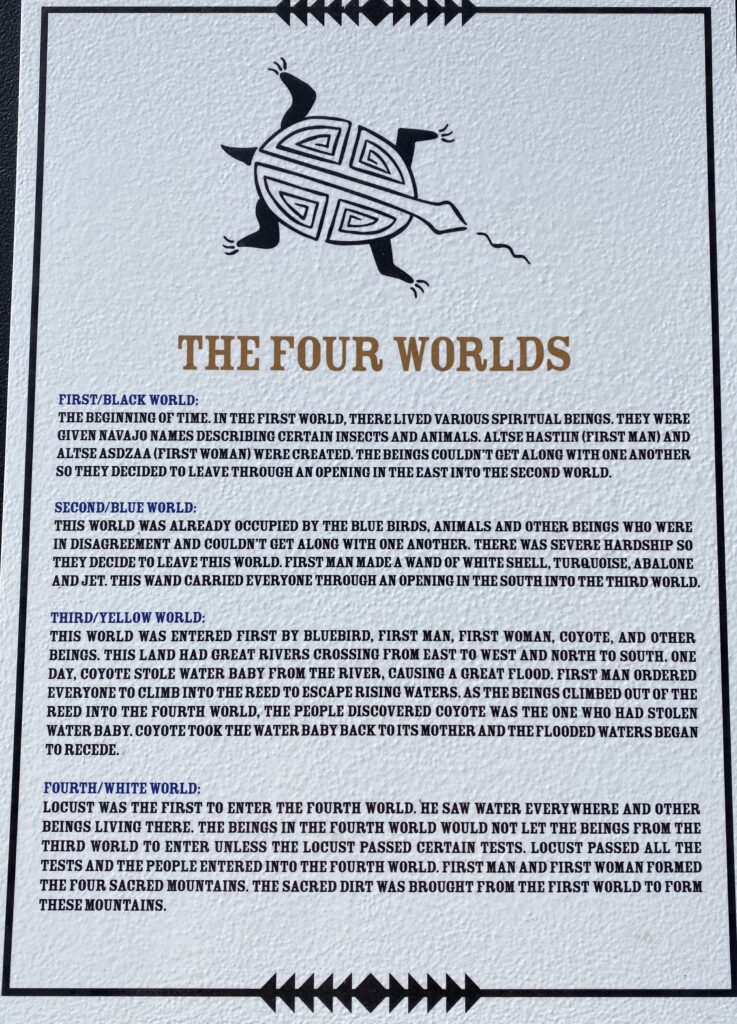
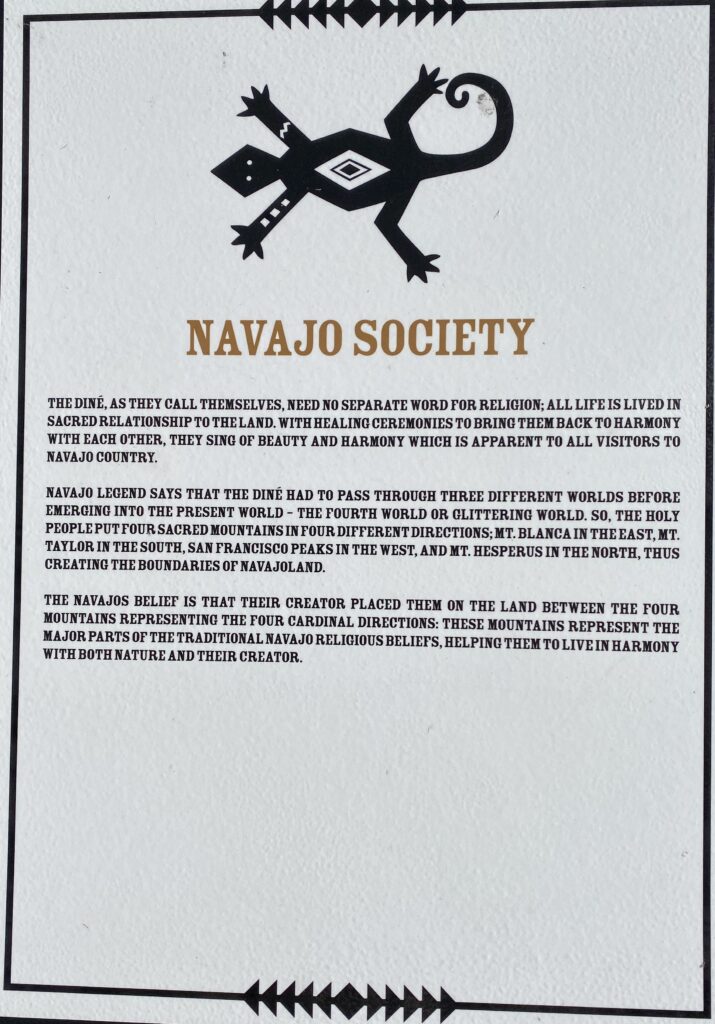
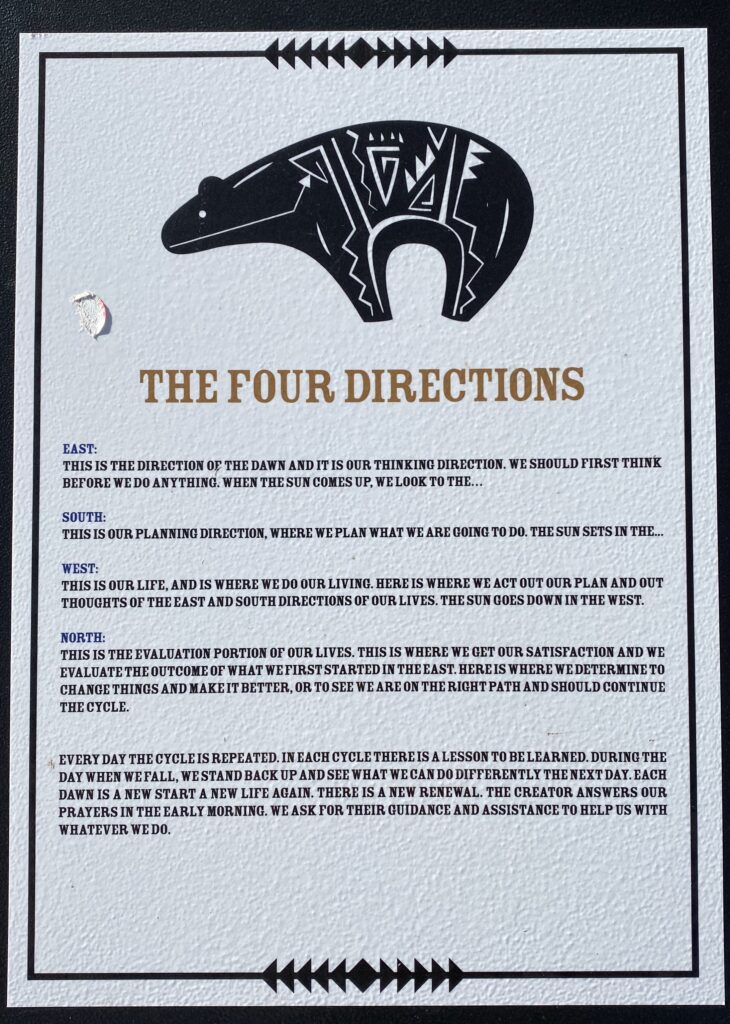
The Navajo believe in 2 classes of people, Earth People and Holy People. As Earth People, they must do everything within their power to maintain the balance between Mother Earth and man.

The museum was closed but next door at the tracing post there was another small museum dedicated to the Navajo code talkers of WWII. At a time when speaking your native tongue was demonized the Navajo were enlisted by the government as the code talkers during WWII after the currently used code was deciphered. They were instrumental for victory at Iwo Jima, sending over 800 error free messages in a 48 hour period. Their code was never broken and was kept secret for 23 years after the war. It was also used I. The Korean and Vietnam wars. The Navajo code is the only spoken military code never to have been deciphered. The last living Navajo code talker just died a few days ago, Joe Vandever Sr. died at 96 on January 31, 2020
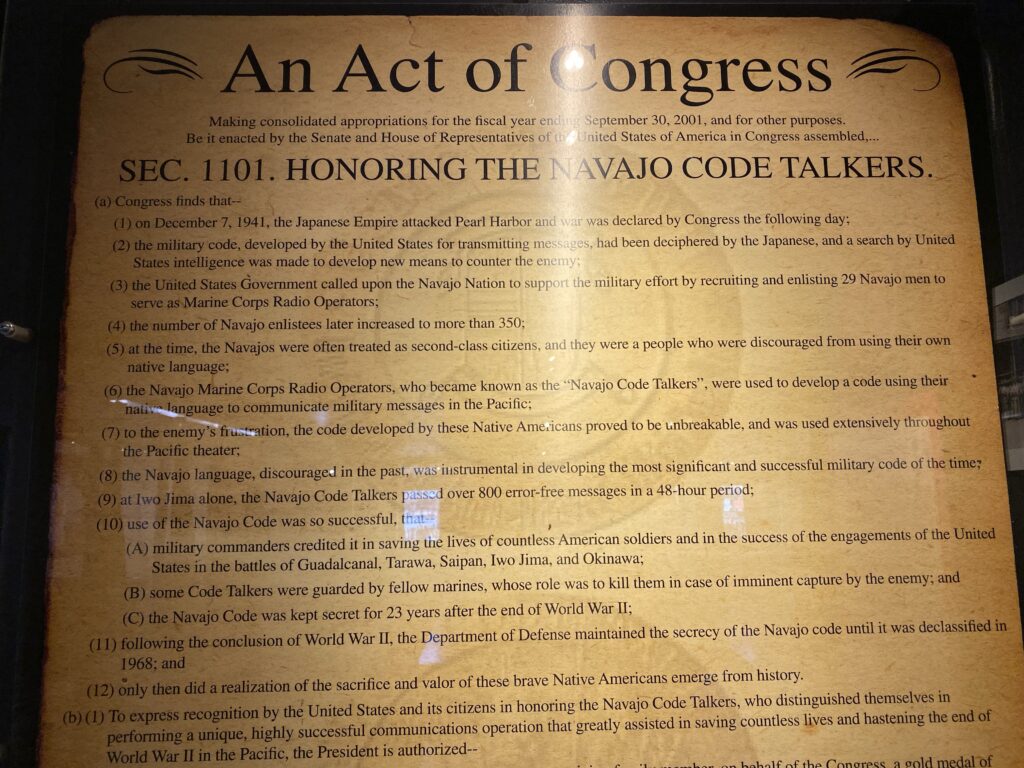
So that is pretty neat. I’d heard about them before, but that 15 min was worth the 25 min detour.
I drove the rest of the way to Payson and it was nice to see a familiar face from a fun time period. Thanks for having us Donna & Gordon.
